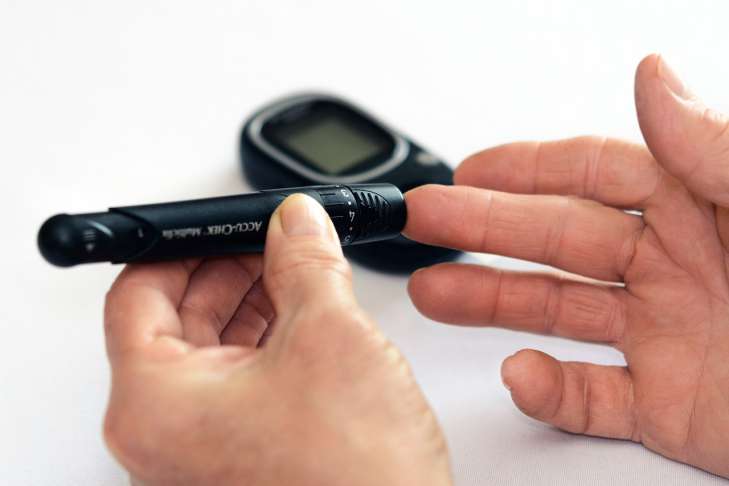Important to Know: What is Blood Sugar Level - Glycemia
The analysis shows the level of sugar (glucose) in the blood, which may indicate the presence of diabetes mellitus and other diseases.
Low sugar levels (hypoglycemia) can signal diseases of the pancreas, liver, kidneys and adrenal glands, as well as the hypothalamus.
What should be the normal blood sugar level
Normal blood glucose levels. 3.5–5.7 mmol/l is the norm for adults; 4.2-6.4 mmol/l is the norm for children;
In older people and during pregnancy, glucose is normal - 3.3-6.5 mmol/l.
What happens if you don't eat sweets
If glucose does not enter the body, a person feels weak, it is difficult for him to concentrate, perform physical work, move, and loss of consciousness is possible.

With a prolonged lack of glucose, exhaustion and disruption of the digestive system are observed.
However, it ideally stays within a set range and doesn’t change very much based on what you eat or your level of physical activity.
Which product quickly lowers blood sugar
These are various lettuces, spinach, kale and chard.
They contain a lot of fiber, vitamins, and microelements.
Vitamin A and magnesium are considered the best helpers for diabetics, as, acting together, they help to quickly reduce blood glucose levels.
Previously, we talked about the benefits of white flax seeds.


